
💡 Optimist's Edge: Can you tell the difference between computer graphics and reality?
Do you think you can tell the difference between computer graphics and reality? Our survey points to one answer, while reality points to another...
Share this story!
Summary
📉 What people think
When can you no longer tell the difference between computer-generated graphics and the real world? When we asked that question in Warp News' Facebook group, a majority answered that there are at least five to ten years left before we can't tell the difference.
📈 Here are the facts
CGI, or Computer-Generated Imagery, has been around for almost 60 years. During the '90s, the research reached a critical mass, and we began to see examples of computer-generated content that was photorealistic. Do you remember movies like The Abyss with its water effects and the dinosaurs in Jurassic Park? Since then, development has not slowed down but accelerated.
💡 Optimist's Edge
Today, we see things daily that are created on a computer that we think is real. This is something that most of us do not even think about. Our expert believes that "we have already been there for several years, that we can no longer distinguish CGI from reality." This applies even to the last challenge, to create convincing humans with the help of CGI.
👇 How to get the Optimist's Edge
CGI is revolutionizing almost every industry: product companies, real estate agents and companies, car manufacturers, and, of course, the entire film, television, gaming, and advertising industries. No matter where you work, you need to keep track of this development. But you must also keep track as a private person. Things that you think are real, do not have to be, and you need to train your critical eye.

📉 What people think
When will you no longer be able to tell the difference between computer-generated graphics and the real world?
We asked this question in Warp News' Facebook group and received 148 answers:
- 46 percent answered, "We are already there"
- 39 percent answered, "We will be there soon - 5 more years"
- 15 percent answered, "It's a long way to go - give it 10 years"
- Nobody answered, "Will never happen"
But, the majority claims that we are not there yet and that there are at least five to ten years left.
What do you think?
📈 Here are the facts
The first examples of images created by computers appeared in the 1940s at MIT. Sometime in the late '50s, the first work of art was created on a computer. An anonymous IBM employee recreated a picture of a woman from the magazine Esquire on the computer screen belonging to a military computer that cost over $200 million.
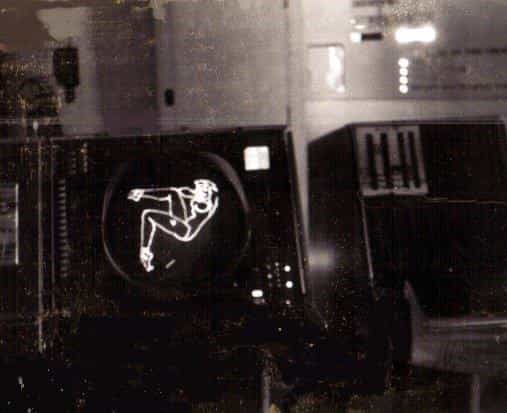
A few years later, the first computer-animated film was created by Edward Zajac at Bell Labs. But as early as 1958, Alfred Hitchcock used patterns created by mechanical computers in the movie Vertigo.
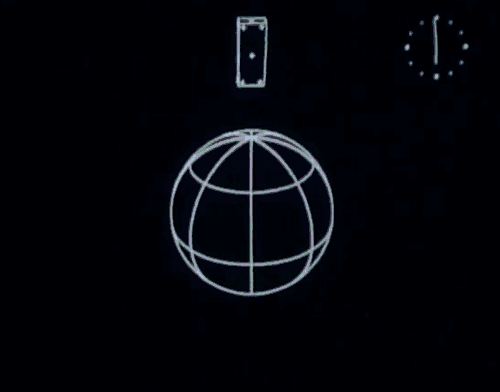
In the '80s, home computers made it possible for anyone to create computer graphics, animations, games, and even 3D graphics. However, it took until the mid-90s for the research to reach a critical mass and enable almost photorealistic reproduction.
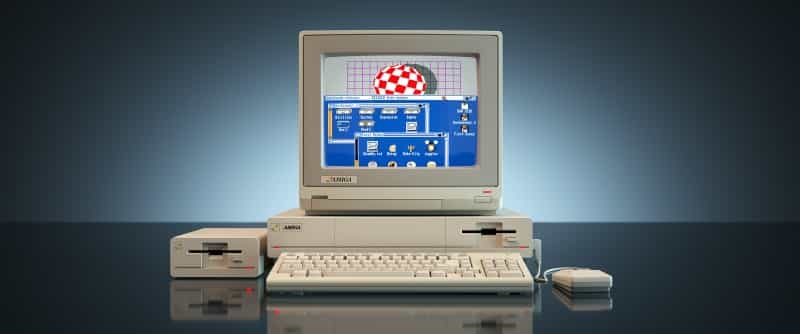
CGI – Computer-Generated Imagery
The research made it possible for studios such as Pixar, Industrial Light & Magic, Digital Domain, and Weta to become pioneers in photorealistic computer graphics on an industrial scale. Those were busy days for CGI, Computer-Generated Imagery, in the world cinemas. There was a period from the early '90s and several years onwards where each new blockbuster involved some new CGI phenomena, such as water, particles, skin, human movement, crowds, fur, and hair.
A few examples are The Abyss from 1989, Terminator 2: Judgment Day from 1991, Jurassic Park from 1993, and Toy Story from 1995.
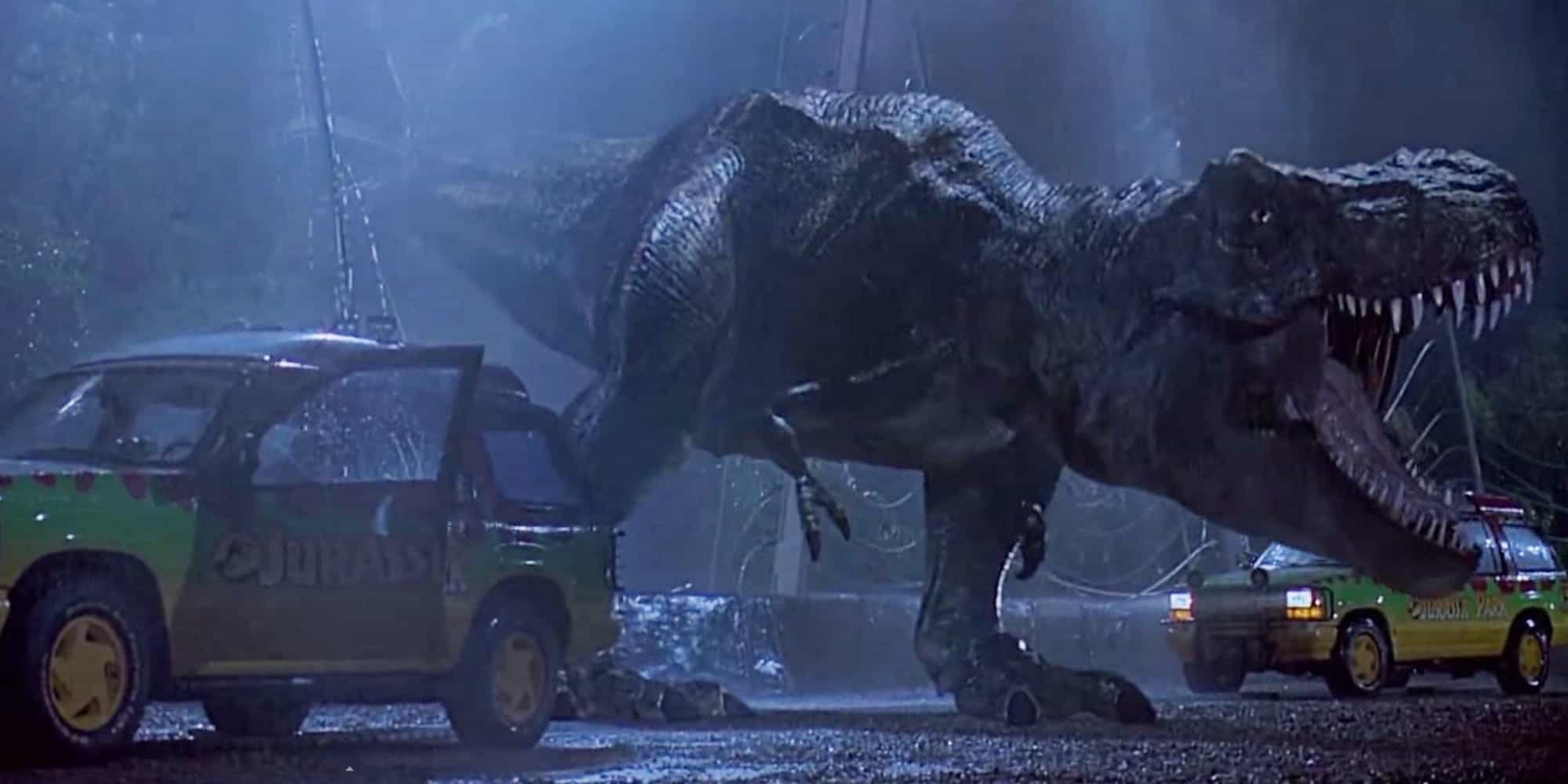
Libraries were created with simulated phenomena, such as water or hair. Gradually, software companies began to package tools, resulting in versatile 3D applications. Some examples are Cinema 4D, Blender, Autodesk 3DS Max, and Maya. These tools are used today in many areas, not just film.
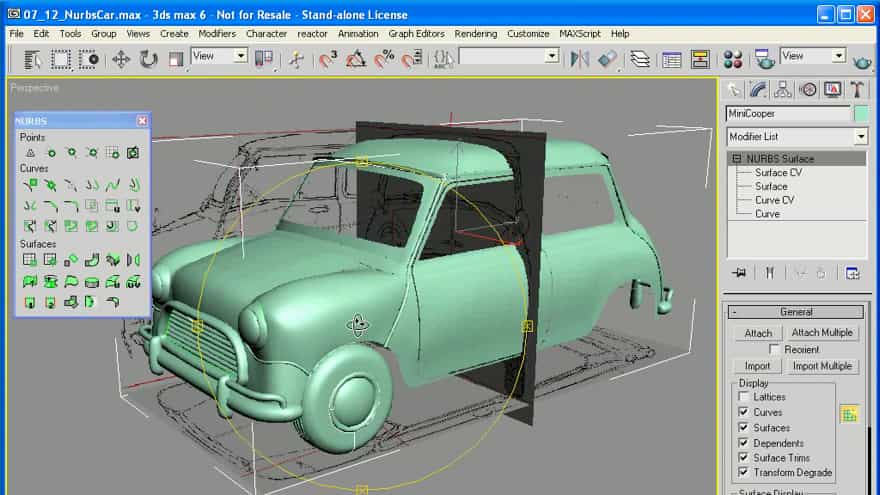
CGI requires enormous computing power. In the early days, it required massive data centers to create the graphics. But CGI is an excellent example of exponential technological development. Today, a few stacked graphics cards for home use can create better graphics than a massive Hollywood budget could just a few years ago.
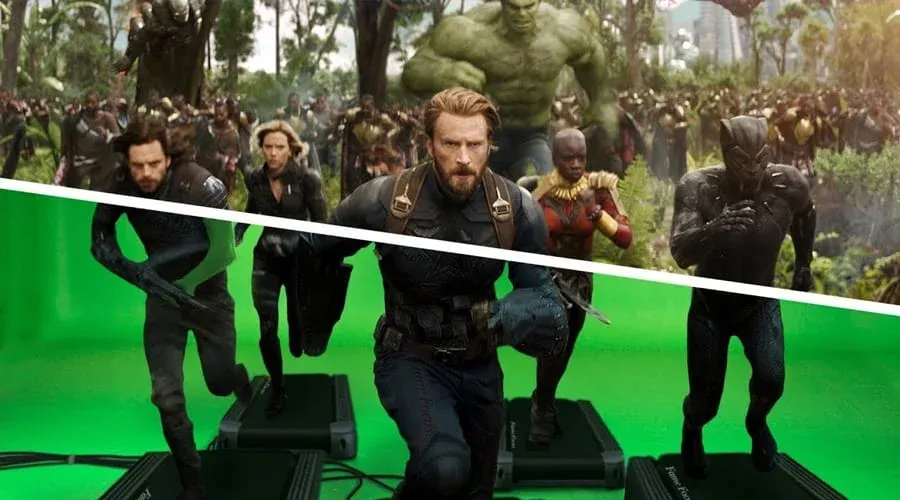
💡 Optimist's Edge
Today, we see things daily that are created on a computer that we think is real. This is something most of us do not even think about. But Frederik Tennholt does. He works with 3D visualization and retouching of ad images on Good Monday. In his job, he produces images of everything from new products to entire buildings long before they exist in reality.

"I would say that we have already been there for several years, that we can no longer separate CGI from reality. The car industry, for example, has used the technology for a long time," says Frederik Tennholt.
This saves a lot of money and makes the job much easier, he says. In the past, the manufacturer often had to sneak prototypes of a car to some deserted place for photography. Today, with the help of CGI, photographic advertising images are created where new car models can be placed outdoors in a big city in the middle of the day, without risking revealing anything before the model is launched to the public.

An Ikea catalog without real furniture
Another example is Swedish furniture giant Ikea, which was early to phase over to CGI for the production of the classic Ikea catalog.
"Instead of building a physical kitchen environment in a photo studio, which would then be demolished a few days after photography to build another environment for photography, you could now create the environments completely in the computer in advanced 3D programs," says Frederik Tennholt.
The kitchen that was produced for the Swedish market, with the help of CGI, can easily be updated and adapted for different international markets with different lighting conditions, color choices, and products that differ between different markets, Tennholt explains.
"All environments built with CGI are of course saved and can be reused and updated for next year's image production."




Products that do not exist
Another example is packaging. In product design, people used to often work with creating "dummy" packaging of the new product. They were often of poor quality in many ways, but they were photographed in the studio and retouched so that the end product still looked nice.
"Today, they work exclusively with CGI for this type of production. We can create photographic product images several months and sometimes years before the product is launched in stores. The market often requires pictures of the product before it is ready to be photographed," says Frederik Tennholt.




There are many more examples. In London, there are companies such as Recent Spaces and The Boundary, which, according to Frederik Tennholt, both produce "top-notch" CGI in, mainly, architecture.
"In the film industry and VFX, there are today countless studios that produce absolutely fantastic CGI that you can not reveal without watching their behind-the-scenes videos."
Some examples are Swedish Important Looking Pirates, which among other things, made CGI for the TV series Mandalorian, German Sehsucht, and Man vs Machine, which has operations in London and Los Angeles.
"All examples produce magically good CGI," says Frederik Tennholt.
The last challenge
But are not the examples we have seen only of things? Organic is much harder to create and "deceive" people with. But we are already there too.

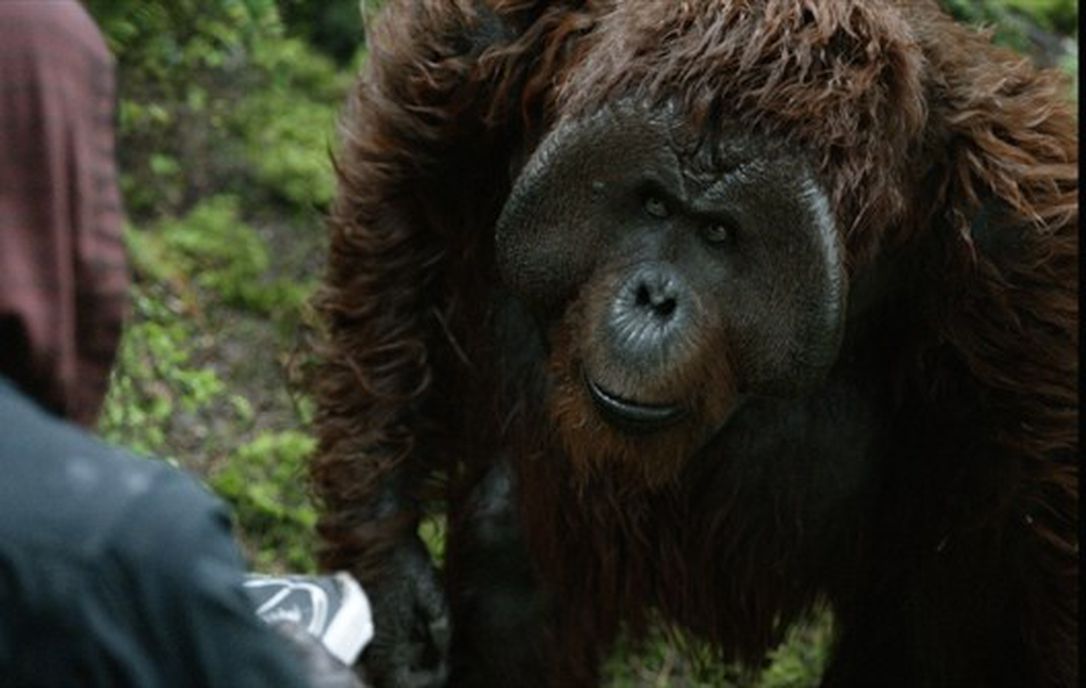
Body language and expression are the last difficult obstacle for a computer to simulate. But with motion capture, where an actor makes movements that a computer records and interprets, that obstacle is bridged. The next step is, of course, artificial intelligence, where a computer can learn expressions, poses, and movements that are indistinguishable from a real being.

The last hurdle, where you are even tricked into believing that a human is real even though it is CGI, was definitely cleared in August 2021. At that time, Nvidia's CEO Jen-Hsun "Jensen" Huang presented the graphics giant's new rendering solutions live - or so we thought. But he was not there. Almost everything we saw was CGI, renderings by Jensen made in a computer.
If everyone gets cheated, then it works, right?
👇 How to get the Optimist's Edge
Developments in CGI are accelerating, and more and more around us, things we believe are real, exist only as ones and zeros. This affects you as an individual, but also almost all industries.
As a product company, you can use CGI to create product images and movies long before the product itself is available. Car manufacturers have been doing this for a long time, and many companies in food, cosmetics, furniture, and much more have realized the enormous benefits. Big money is saved here.
As a real estate agent and company, you create furnished apartments before the shovel is even in the ground. Screenings can even take place in virtual reality, where potential customers get a far better feeling of the future accommodation than via a flat brochure. Are these the first staggering steps into an industry that sells dreams?
The film, television, gaming, and advertising industries have been revolutionized thanks to CGI. Historic sites can be recreated in detail, people can be "resurrected" from the dead to play a final role, and worlds that do not exist can come to life in TV series and games. CGI is magic.
Stellar camera animation & programming, on top of the superb naturalistic rendering. Ride 4, PS5, full video:https://t.co/Uv1TrK4UDF pic.twitter.com/7ZKZukBtEZ
— Tim Soret (@timsoret) September 25, 2021
One thing is shared with all these examples: it is getting cheaper and better. At first, it cost millions. Today, the graphics card in the children's gaming computer is powerful enough to create CGI more advanced than a Hollywood studio in 2010. The technology today is available to everyone.
Last but not least. It's about being aware of this development. Things you think are real do not have to be, and you need to train your critical eye. Is this really true?
This technology is enormously powerful. It can deceive us and enchant us. Can it, properly used, even mean world peace? Imagine...
You now have an edge because you have gained this knowledge before most others –